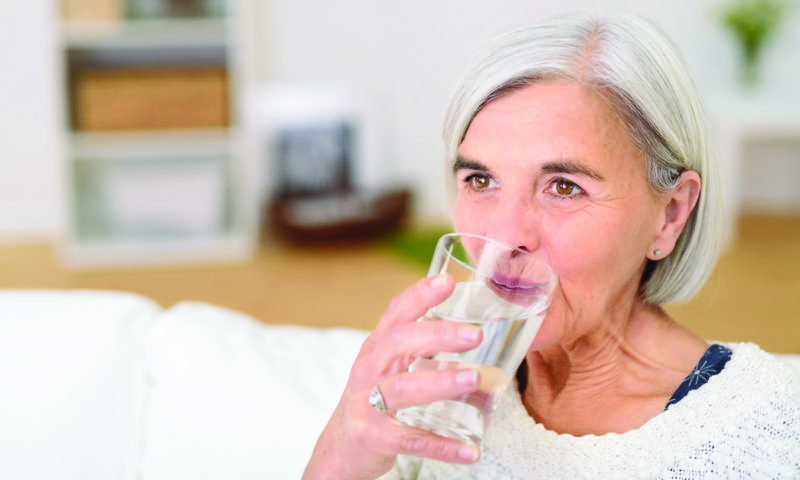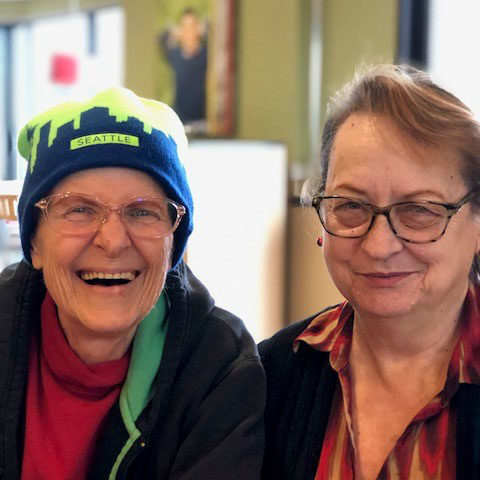By Kristen Rueb
The fall and winter seasons mean cold, harsh temperatures will be wreaking havoc on delicate, aging skin. Falling humidity levels kick off annual dry skin season—skin tends to have the same moisture level as the environment it’s in, therefore as the weather gets drier, we do, too. Dips in temperature can exacerbate the problem further and mature, sensitive, or acneic skin types are particularly affected by the changing weather. However, with the proper winter skincare routine, you don’t have to be stuck inside all day and fear the chill of the season. Here’s how to keep dryness at bay and maintain irritation-free skin, year-round:
Avoid harsh exfoliants.
If your skin has dried out during the winter months, take a step back from your harsh chemical or physical exfoliants. This doesn’t mean you need to stop using them completely—exfoliation is important for cell turnover—but pumping the brakes for a few days while your skin resets could prove useful. And if you’re still feeling dry, opt for a natural cleansing oil instead of your usual face wash, which can often strip the skin of natural oils.
Use a low molecular-weight Hyaluronic Acid.
This is recommended for its ability to hold 1,000 times its weight in water. It helps your skin retain moisture and assists in keeping its surface smooth and soft. It even helps calm redness or irritation from particularly harsh climates.
Layer up.
In the winter, it’s all about layering—both clothes and skincare. Start with a serum equipped to handle your toughest skin concerns. For maximum TLC, use a regenerative serum after cleansing. Next up, opt for a cream that’s light enough to layer and calming enough to soothe your winter redness. To form a protective seal over the skin and lock in moisture, apply the cream after the serum.
Apply morning and night.
Don’t forget to use the serum and cream combo in the morning, after washing your face and before makeup, and in the evening, when your face is clean and ready for bed.
Don’t forget your eyes and SPF.
Our eyes are sensitive to the cold and dry climate of wintertime because the skin around them is particularly thin. Replenish your delicate eye area with a natural, non-irritating, fast-absorbing eye cream.
Even though it’s cold outside, the sun’s rays are still powerful. A physical sunscreen, applied in the morning after your serums and creams should be part of your daily routine. Use an SPF of at least 30, and if you are out in the sun for long periods, reapply every two hours.
Stay hydrated, check your diet.
Drinking enough water helps your skin look dewy, plump, and that just-walked-off-the-beach summer glow.
Our skin is often a great indicator of what’s going on inside. Monitor what you eat and take notice if your skin flares up or feels extra dry after particular meals or food groups. Always consult a physician before changing anything about your diet.
Kristen Rueb is a stem cell scientist and director of clinical research at Factorfive.

